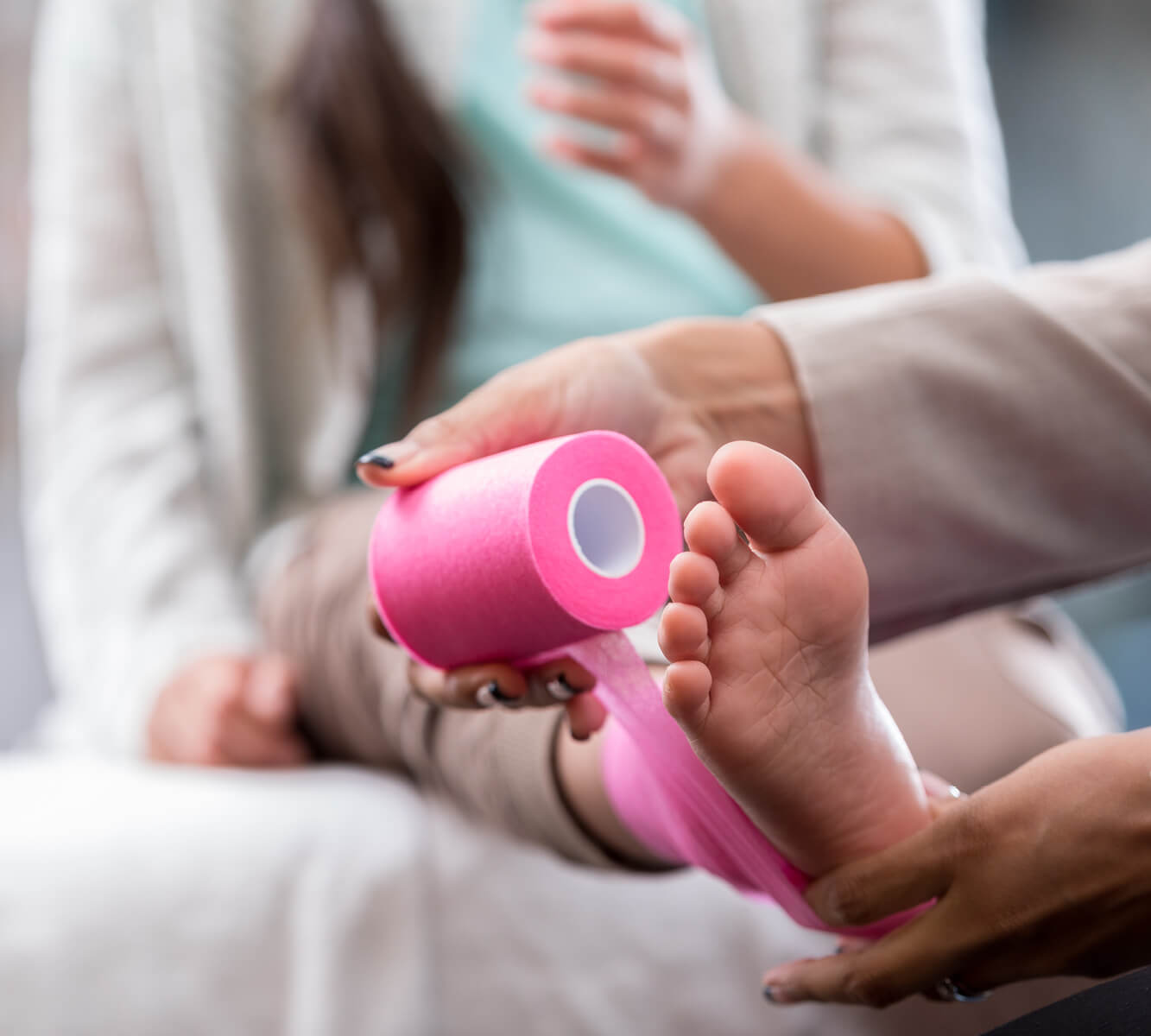
We’re all made for more
Adventist Health is proud to join the Central Coast community as of March 29, 2024. While the local healthcare you know and trust will have new names, we’re committed to building on the quality you expect while bringing you access to expanded services and coordinated care close to home — all so you can experience more of what you were made for.

Our Mission
Living God’s love by inspiring health, wholeness and hope
At Adventist Health, you’re never just a patient. You’re so much more. Our award-winning services are built to help you experience everything life has to offer. Together, our team of compassionate and talented caregivers proudly serves California, Hawaii and Oregon with quality and patient experience at the heart of what we do — every visit, every connection and every moment.



